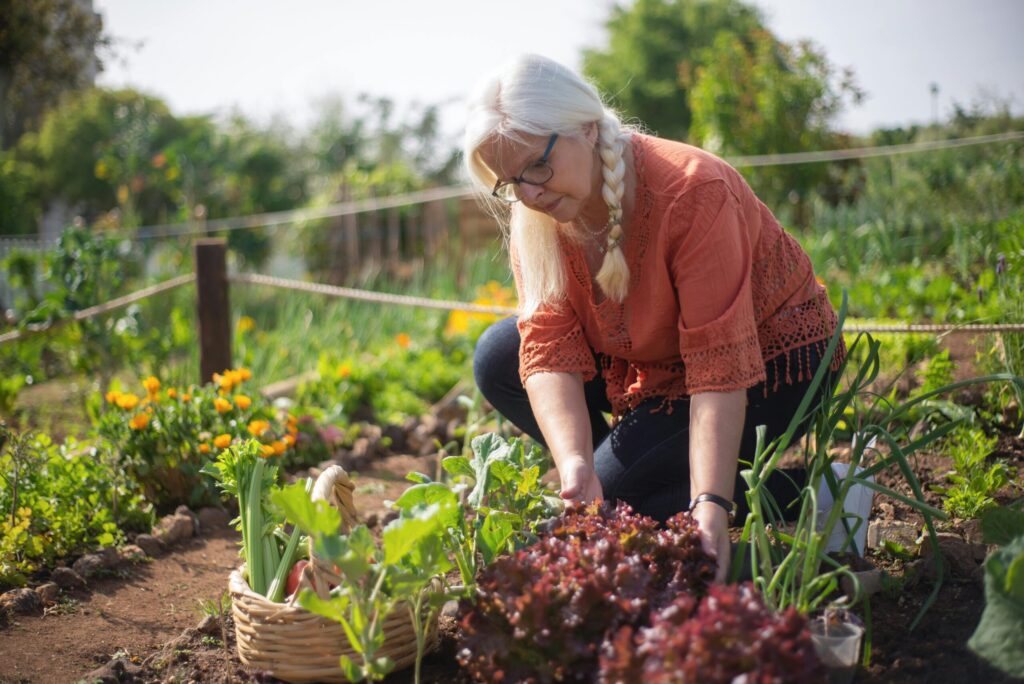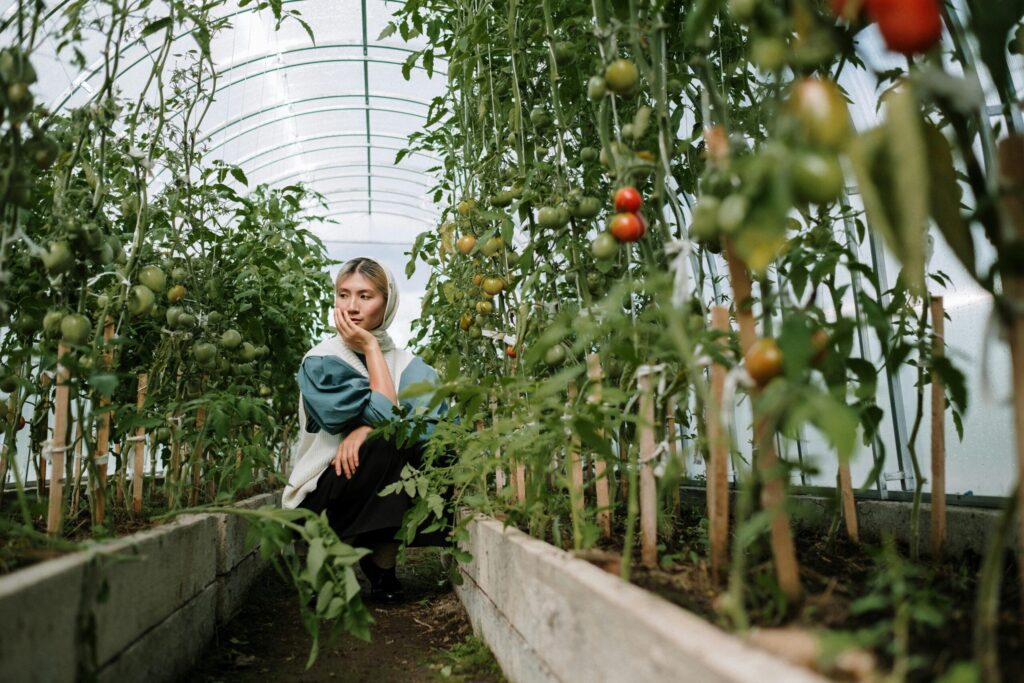Kitchen Garden Vegetable Garden: Step-by-Step Guide
kitchen garden is more than just a source of fresh herbs and vegetable garden—it’s a step towards sustainability and healthier living. Whether you’re a seasoned gardener or a complete beginner, creating your own kitchen garden can be a rewarding and eco-friendly hobby. In this guide, we’ll explore everything you need to know about starting and maintaining a thriving kitchen garden, from choosing the right location to harvesting your crops. Let’s dig in!

Choosing the Right Location for Your Kitchen Garden
The first step in creating a successful kitchen garden is selecting the right location. Ideally, the garden should receive at least 6-8 hours of sunlight daily, as most vegetables and herbs thrive in full sunlight. Avoid areas that are too shady or prone to water logging.
If space is limited, don’t worry—you can still grow a variety of plants in containers or small raised beds. Urban dwellers can use balconies or windowsills for growing small herbs and greens.
Preparing the Soil
Soil preparation is crucial for a healthy kitchen garden. Rich, well-drained soil with a good mix of nutrients will help your plants grow robustly. You can improve your garden soil by adding compost, organic matter, or well-rotted manure to enhance its fertility.
Test the soil’s pH levels; most vegetables prefer slightly acidic to neutral soil (pH 6.0 to 7.0). Regularly amending the soil with organic material can help maintain soil health, leading to better yields.

Deciding What to Plant
When planning your kitchen garden, think about the vegetables, herbs, and fruits that you and your family enjoy eating. Some easy-to-grow vegetables include tomatoes, lettuce, carrots, cucumbers, and radishes. For herbs, consider basil, cilantro, parsley, and mint.
Choose plants based on the season and your climate. Warm-season crops like tomatoes and peppers thrive in the summer, while cooler-season crops such as lettuce and spinach do well in spring and fall.
Sowing Seeds or Planting Seedlings
You can start your garden either by sowing seeds directly into the soil or by planting seedlings. If you’re starting with seeds, follow the recommended planting depth and spacing listed on the seed packet. Seedlings are a great option for beginners since they give you a head start and can be less challenging to manage.
For most crops, spacing is essential to allow proper air circulation and prevent overcrowding, which can lead to pests and diseases.
Watering and Mulching
Watering is a key component of kitchen garden care. Most vegetable plants require consistent moisture to grow properly. Water the plants early in the morning or late in the evening to prevent evaporation and ensure the roots can absorb enough water.
Mulching around your plants can help retain soil moisture, regulate temperature, and reduce weed growth. Organic mulches like straw, leaves, or compost are excellent choices that break down over time, adding nutrients to the soil.
Organic Fertilizing and Pest Control
Use organic fertilizers to enrich your soil with essential nutrients. Compost, fish emulsion, and worm castings are excellent natural fertilizers that promote healthy plant growth without the use of harsh chemicals.
Pest control in a kitchen garden should prioritize eco-friendly methods. Introduce beneficial insects like ladybugs, which eat aphids, or use homemade insecticidal soaps. Companion planting, such as growing marigolds alongside tomatoes, can naturally repel harmful pests.
Pruning and Maintaining Plant Health
Pruning helps direct a plant’s energy to produce more fruits or vegetables. Trim dead leaves, yellowing stems, or diseased parts of the plant regularly to maintain overall plant health. Staking taller plants like tomatoes or peppers helps them stay upright and prevents damage from wind or heavy fruits.
Weeding is also essential, as weeds compete with your vegetables for water, nutrients, and sunlight. Regularly check your garden for weeds and remove them by hand or with a hoe.
Harvesting Your Kitchen Garden
Timing is crucial when it comes to harvesting. Each vegetable and herb has its ideal harvesting time to ensure the best flavor and nutrition. For instance, leafy greens like lettuce can be harvested early for baby leaves, while root vegetables like carrots need more time underground to develop fully.
Be gentle when harvesting to avoid damaging the plant, allowing it to continue producing more crops.

Kitchen Garden Sustainability Tips
Incorporating sustainable practices in your kitchen garden can help reduce your environmental impact. Consider using rain barrels to collect water for irrigation or creating your own compost from kitchen scraps. Rotating crops yearly also prevents soil depletion and reduces the risk of diseases.
Conclusion
Starting a kitchen garden is a fulfilling way to enjoy fresh, homegrown produce while contributing to a greener environment. With proper planning, regular maintenance, and sustainable practices, you can enjoy a bountiful harvest throughout the year. So, roll up your sleeves, get your hands dirty, and start your own kitchen garden today!
By following this guide, you’ll not only enjoy the benefits of fresh, organic produce but also contribute to a healthier and more sustainable lifestyle



